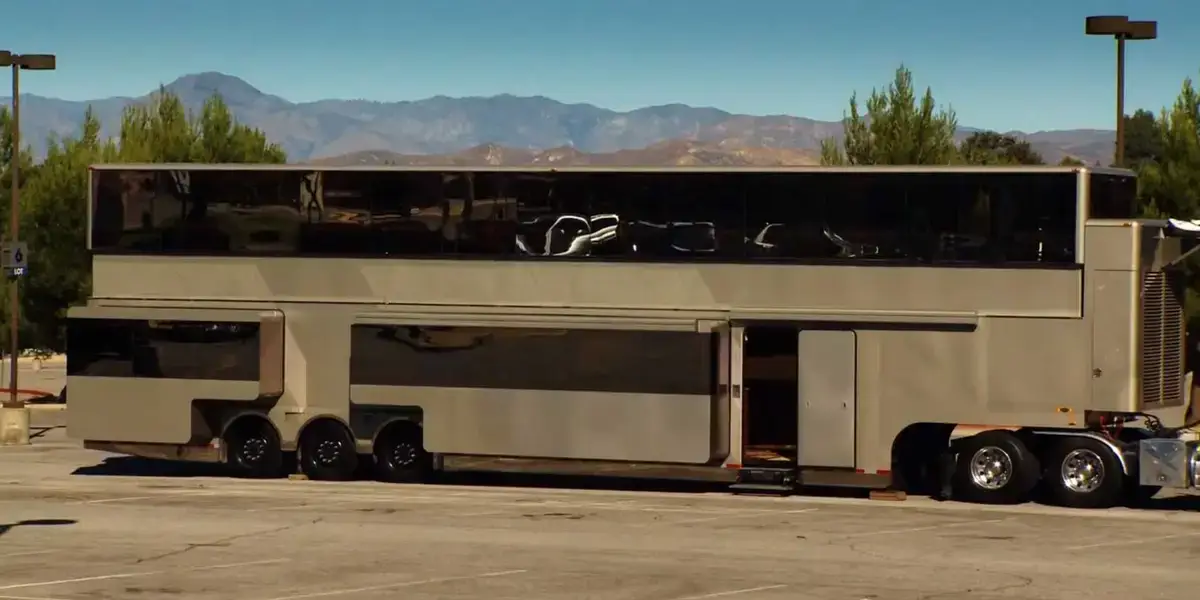
For many, it has been a dream to own a motorhome, but it can be a nightmare if you end up with something you didn’t want. The motorhome is a blend of a motor vehicle and a house. Even though travel trailers are convenient, it is essential to have something in good condition and fit your tow vehicle.
You can check the vehicle’s authenticity and look for significant changes that could affect its value. You get the vehicle’s history before you buy it and get a NADA VIN to check to give you the market value of the vehicle.
RV VIN Lookup: Defining the Concept

The 17-digit code VIN number is unique as it offers information about when and where the vehicle was manufactured, along with the equipment options. You can even get information about how big the trailer is, along with the number of axles. The last few digits are serial numbers, and no vehicle on the road will have the same number, manufacturing, and equipment digit.
Reasons To Look for an RV VIN

Two VIN numbers are issued to motorhomes, which basically tell people about the basic mechanical components and what has been added to make the chassis a complete recreational vehicle. The number includes information and specs about the manufacturer.
You can easily learn a lot about a recreational vehicle with a decoder, whether you own it or you are looking to buy one. An RV VIN gives details about the length of the trailer, the number of axles, and the hitch type. Information like the chassis size, the engine, and the year of manufacturing is obtained with the chassis VIN. It enables verifying the vehicle’s construction.
The VIN’s manufacturer enables you to verify the model and GCWR, which decides the weight class of the vehicle. It enables you with the license and insurance and you can get information about the right repair parts.
Looking for an RV VIN Number
You will need to find the VIN before you start using the RV lookup tool. As motorhomes have two VINs, one should know why. The first is issued by the chassis manufacturer, and the other is issued by the motorhome manufacturer. For instance, when you are getting your vehicle registered or insured, you will need a motorhome VIN.
When it comes to learning about the chassis, you can always get in touch with the chassis manufacturer VIN. Brake pads and oil filters are some of the components you will need for your vehicle. The number is needed for everything right from the chassis, like plumbing, exterior decals, and auxiliary power components.
Very often, internal codes like FIN (Fleetwood identification number), which aren’t 17 digits and aren’t used for documentation, are used by most manufacturers. These are used to order replacement parts from the manufacturer.
Placement of the VIN
The placement isn’t fixed on RVs. There are a few places one can check to see where the number is placed on their vehicle or trailer.
Motorhome VIN location
- Driver’s side dashboard. It is placed in a way people can read through the windshield
- Driver’s or passenger’s door
- The exterior storage compartment of the walls or on the door
- Steering column
- Driver’s side window
- Close to the gauge cluster
In case the number is an original chassis, then it could be the manufacturer’s ID chassis. It includes the engine, frame, front end of a van or truck, and dashboard.
Travel Trailers and Campers
- Frame close to the tongue or under the propane tanks
- The sticker inside an interior cabinet
- Close to the support bars
- Pillars of the entry door
- Pin box of gooseneck hitch trailers
You only must remember one thing when it comes to the VIN number, and that is it is 17 digits long. However, most manufacturers issue serial numbers for internal use.
RV History Report: Information It Offers
The identification mark, and the VIN number offer information about the history of the vehicle, which includes:
- Previous vehicle registration information
- Insurance claims
- Outstanding liens
- Market value
It will give you a fair offer and enable you to avoid lemons and vehicles that could be repossessed. A history report will save you the hassle.

